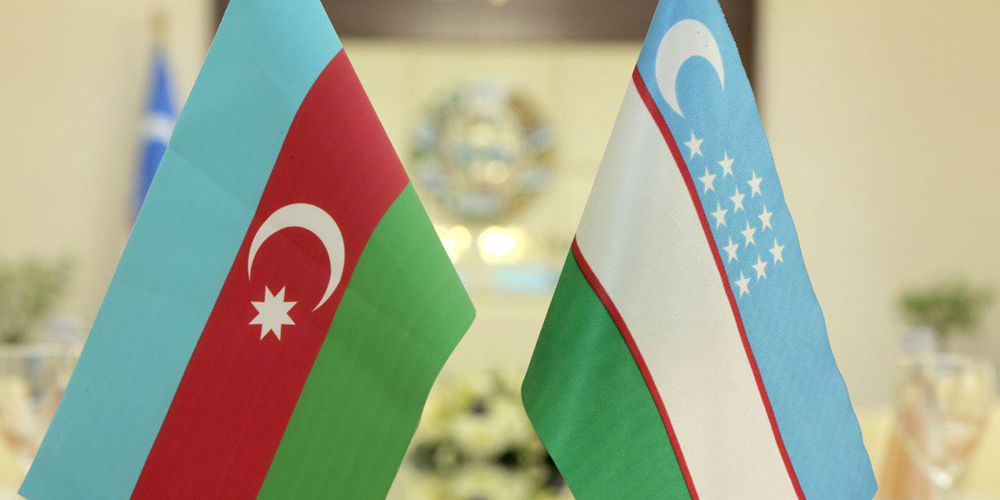Search

Publications
Baku Ц Tashkent: a fragment of Caspian integration puzzle «South Ц South»

Caspian economic space is a result of combination of two types of interaction: «meridional», linked to Russian economy, and «latitudinal» Ц between the neighbors along the «East Ц West» vector. Both types cannot exist separately: interdependent legal framework (trade regimes of CIS/EAEU), interdependent industrial projects (gas chemistry and petroleum chemistry), common regional efforts of business communities in logistics and trade, unified transportation infrastructure (railway and waterborne traffic, the latter depending of the RF river routes). Today, this set of symbiotic ties is supplemented by parallel import into Russia and re-export of Russian commodities to foreign markets via buffer economies of the Caspian partners.
But each vector has its peculiarities, so here we will take a look at one of the horizontal interaction fragments: Baku Ц Tashkent line. This is important, especially with account of growing influence of Uzbekistan on the Caspian agenda and the recent meeting of Presidents I. Aliyev and S. Mirziyoyev (official state visit of Ilham Aliyev to Tashkent on June 20-22) marking the new stage of relations between these two countries.
The Chinese leader Xi Jinping in his address to the St.-Petersburg International Economic Forum advanced an interesting proposal to call the axial plane of the global logistics not by «North Ц South» and «West Ц East» lines (which is common for Russian understanding), but «South Ц North» and «South Ц South». In essence, the proposed accent sounds more accurate: the transit line «East Ц West» sometimes breaks in the Russian territory due to the imposed restrictions and does not always reach the EU consumers, whereas regional links Ц such as Azerbaijan - Kazakhstan, Iran Ц Azerbaijan and other «Caspian couples» Ц are getting stronger, to a great extent Ц due to redistribution of flows from Russian foreign economic activity entities.
Now it is equally important to understand that South talks with South just like it talks to North; it is no longer just the topic for expert discussions and the UN development programs, it becomes the Eurasian mainstream.
Indeed, the regional segments of trans-Eurasian international transportation corridors (ITCs) to a great extent are developing by way of near-border communications expansion Ц more than by way of big transit lines from one center to another. It is enough to say that there are no Chinese investment in any Caspian port project.
At the same time, the architecture of near-Caspian and Central Asian ties is oriented to the couples linked to economic centers: Turkey, Russia, China. In the post-Soviet period, the ties between the countries of the region were slacking in the vacuum of projects and investment shortage.
Hence, it is very important for Baku, Tashkent, Nur-Sultan and Ashkhabad to make coordinated steps in economic policy: to minimize regulatory and administrative barriers, establish new industrial, commercial and logistical chains, attract regional investment into industrial cooperation and infrastructure modernization projects.
These are the issues on the radar of meetings at the level of Foreign Affairs Ministries and sectoral ministries of the countries from this region, as well as Caspian summits, the 6th of which took place in Ashkhabad.
If we take a broader look, interaction around the Caspian Sea is one of the pieces of SCO and BRICS puzzles; it is integrated into the objective of building a new financial infrastructure based on national currencies, into the agenda of deepening the cooperation in IT and digital services.
Within the framework of this strategy, Azerbaijan conducted a series of consultations with Brazilian government and business community last month and executed a number of agreements on fertilizers and food supplies.
For reference: SOCAR Carbamide Plant launched in 2019 started trial export of fertilizers to Brazil. Taking into account that the potential of Azerbaijan export of this group of commodities cannot be compared to Russian export (in 2020 Ц 7.6 mln tons for USD 1.8 bn, up to 60% of the entire volume of fertilizers import to Brazil), it is not competitive with the RF. However, the coordination of supplies from Baku and Moscow may be explored, as well as creating a stock of Russian urea fertilizers in Azerbaijan for their further re-export to BRICS countries Ц via SOCAR. Sanctions do not cover supplies of food and fertilizers from Russia, however, the general nervousness paralyzed the trading activity.
This example is a model one for other groups of commodities, which may be exported from the economic activities zone of the «Caspian five». By the way, Kassym-Jomart Tokayev, the President of Kazakhstan, also mentioned such possibility offering to establish a regional grain hub.
A few days before the 6th Caspian summit in Ashkhabad, Shavkat Mirziyoyev, the President of Uzbekistan, delivered a speech at the extended BRICS meeting. He proposed a similar initiative Ц to establish a permanent platform for dialogue, a «BRICS+» business forum. Thus, Azerbaijan and Uzbekistan are demonstrating a long-term synchronization approach offering projects focused on industrial and communications connectivity of the Caspian and Central Asian regions with global agendas of BRICS countries and partners of the Russian Federation from G20.
It should be understood that Azerbaijan Ц Uzbekistan link as a fragment of the overall Caspian regional economy will be beneficial for the three above-mentioned centers of economic of economic attraction of the Big Trans-Caspian region: Turkey, Russia and China.
The next meeting of the President of Azerbaijan and Uzbekistan is tentatively scheduled for November 2022 in Samarkand, and until then a lot of intensive work is expected between Baku and Tashkent. The meetings of the Inter-Government Commission chairpersons will take place on a monthly basis. The common investment fund will be created, discussions of the interim indicators and issues arising within the agreements executed on June 20 at the business forum are planned (the total budget of such intents and memoranda makes about USD 500 mln). In addition, the priorities for coordinated efforts at the international markets were set in Tashkent with account of the impact of Russian economy.
The key issue of the relations between Azerbaijan and Uzbekistan is developing the state support «blueprints»: many market segments are divided between external suppliers, and joint entry to the external markets is complicated by the new conflict dynamics.
At the same time, the government procurement of Russian companies, regulated parallel imports, new niches appearing after a number of international brands exiting Russian market, their interest in relocation to Baku, Tashkent and Nur-Sultan, and finally, the general interest of Moscow in «buffer economies» promise much higher benefits from such interaction compared to the ones we were witnessing is early 2000s and early 2010s, when similar projects were first conceived.
The oil sector is the key from the capital intensity standpoint (SOCARТs interests in Uzbekistan), but let us review two very important processing industries.
Automotive industry
In autumn of 2021, in Hajigabul industrial quarters («Azermash») a joint project with UzAvto was announced Ц assembly of Chevrolet Nexia and Chevrolet Cobalt cars, at the second stage Ц Chevrolet Damas and Chevrolet Labo cars up to 5,000 vehicles, as well as «SamAvto» buses up to 1,000 vehicles per annum. So far, these are just plans. However, considering that the industry experts forecast the expansion of Uzbek cars supplies to Russia, we can speak about the industrial cooperation strategy of Tashkent and Baku in this price segment.
Textile industry
The first active talks about the possibility of relocating the part of brandsТ fabrication from China to other countries were heard during the lockdown period due to COVID-19 pandemic. In 2020, the RF Ministry of Industry and Trade and the Ministry of Foreign Trade of Uzbekistan were exploring the options for establishing a textile industry cluster in Uzbekistan. Fibers and yarns will be manufactured there, and finishing works, apparel production and knitwear manufacturing will take place in the Russian Federation. Before the 2020 crisis, China accounted for 36.5% of textiles imported into Russia. In 2018, the Chinese factories produced 61% of global garments, but by early 2020, ChinaТs share decreased down to 54%. Vietnam and Italy increased their capacities in this sector. During that crisis, Spanish Inditex (such brands as Zara, Pull&Bear, Massimo Dutti, Bershka) announced its plans to relocate several hundred out of 1,866 Chinese factories to Turkey and Morocco.
The current situation with Western brands leaving Russia results in redistribution of the entire market Ц from the business owners to delivery routes. But the consumers are still here.
At such moment of logistical change, domestic manufacturing sites could be established Ц via bilateral and trilateral cooperation between the neighboring countries, and even new manufacturing centers focused on domestic market. Azerbaijan could contribute both to feedstock supplies (almost 300 thousand tons of cotton in 2019), and (in future) to yarns supplies.
Hence, we can create incentives for developing domestic production and import phase-out within the Caspian partnership Ц now in a broader market, than just Russian market.







